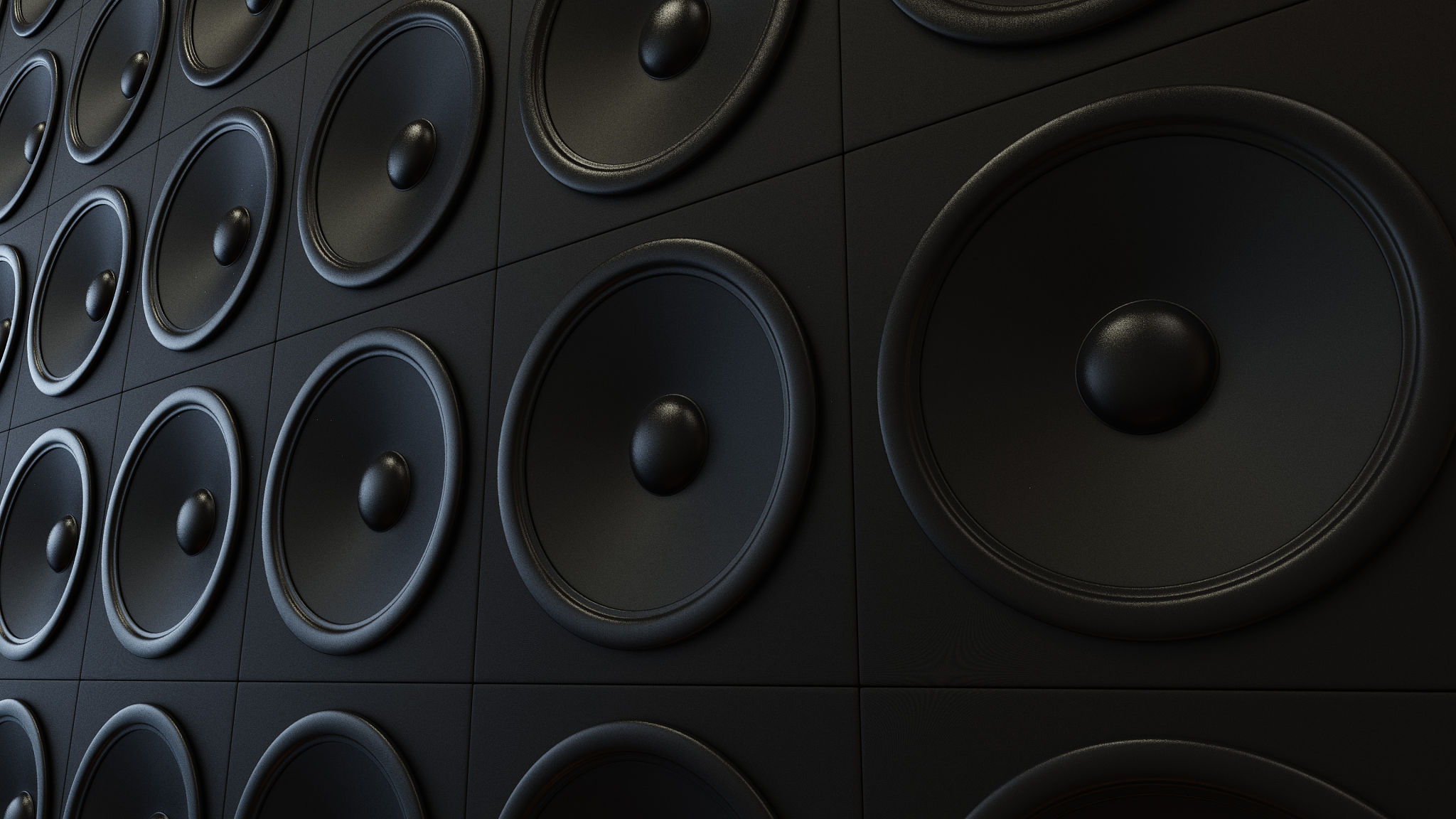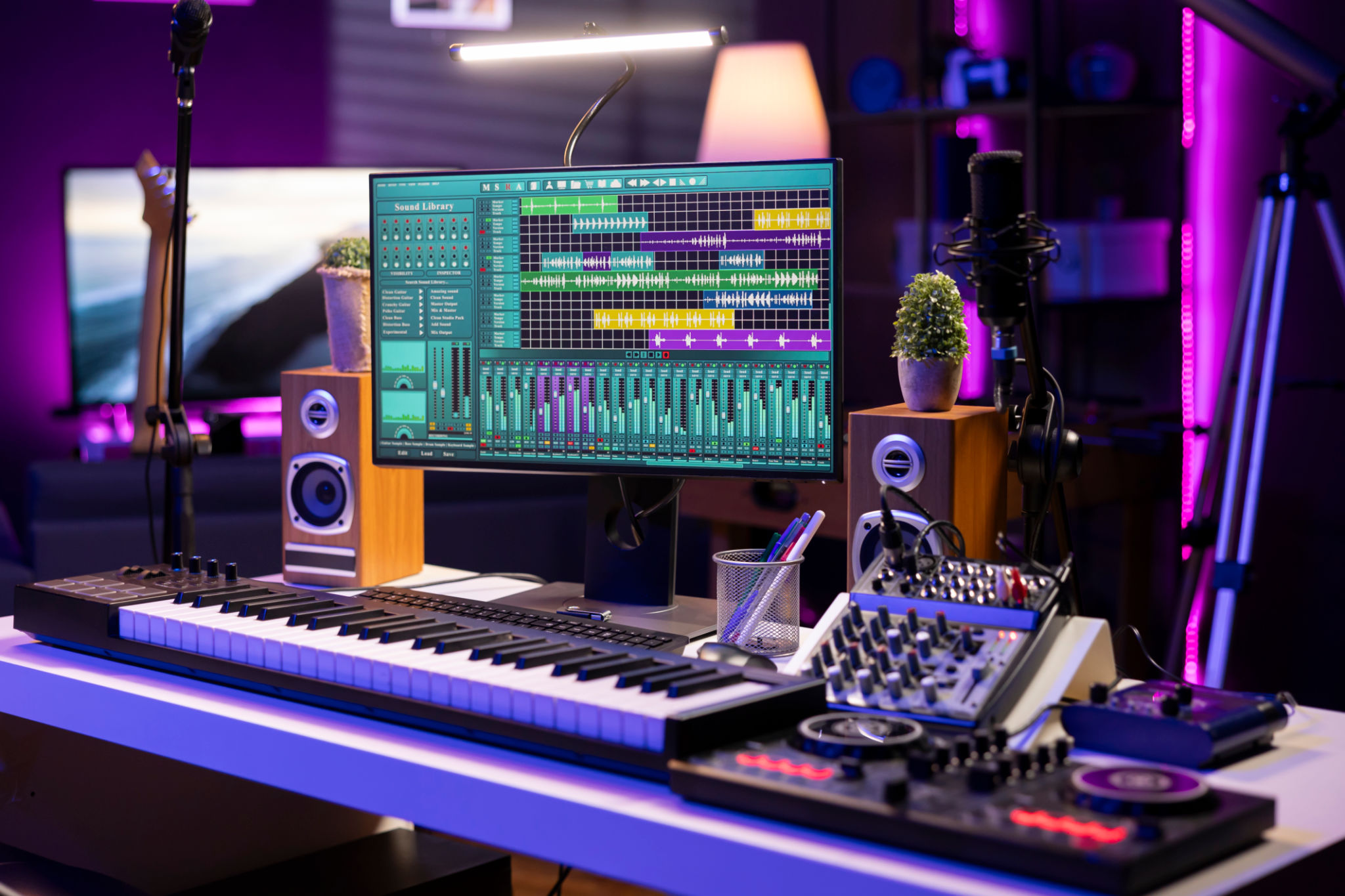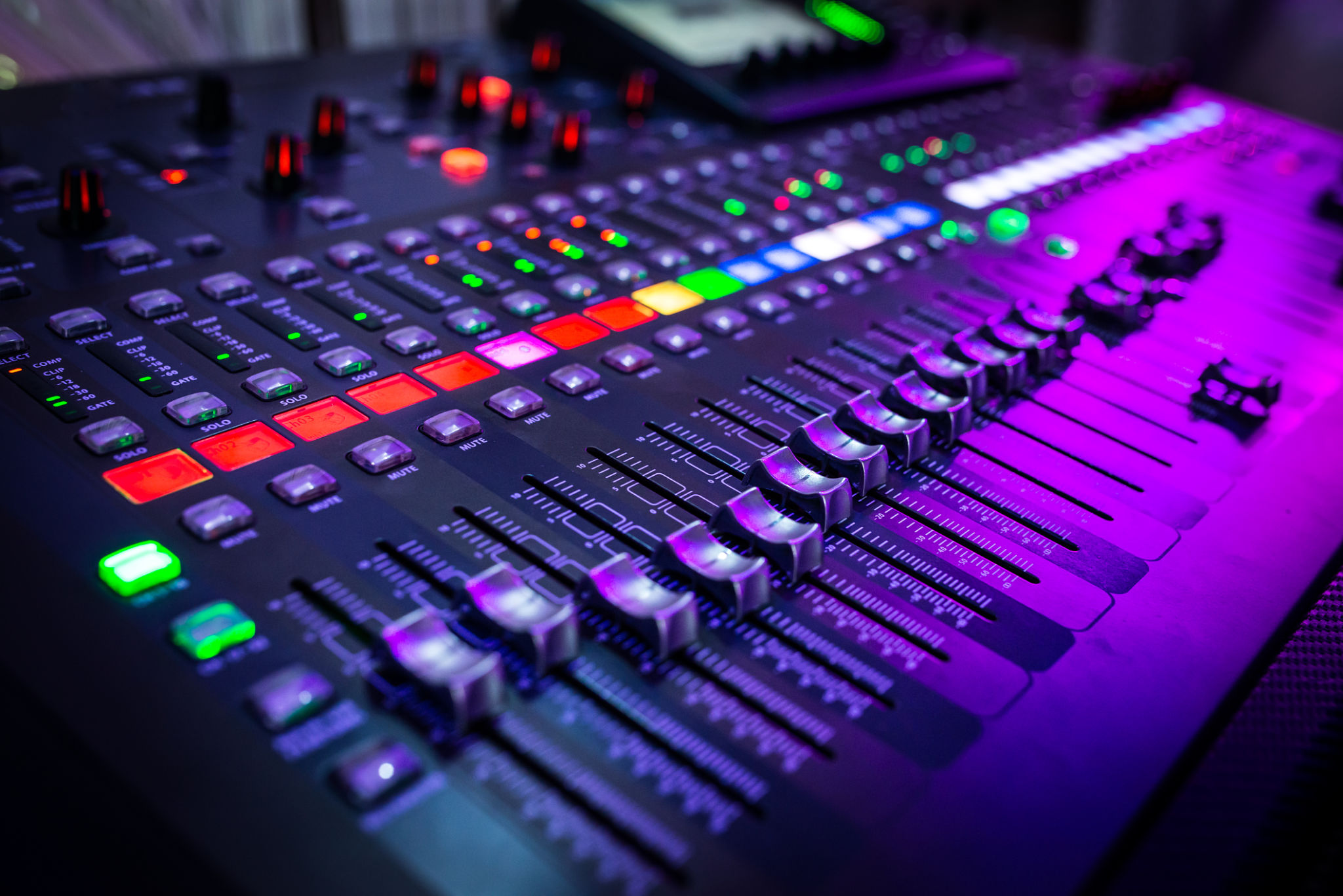The Ultimate Guide to Audio Production for Beginners
Understanding Audio Production Basics
Audio production is an art form that combines creativity with technical skills. For beginners, it can seem overwhelming, but understanding the basics is key. At its core, audio production involves recording, editing, mixing, and mastering sound. Each stage plays a crucial role in creating the final product.
When starting out, it's important to familiarize yourself with common terminology and equipment. Terms like “DAW” (Digital Audio Workstation), “MIDI” (Musical Instrument Digital Interface), and “EQ” (Equalization) are frequently used in the world of audio production. Having a good grasp of these concepts will help you navigate the production process more efficiently.

Choosing the Right Equipment
Investing in the right equipment is essential for quality audio production. Beginners should start with basic tools like a good microphone, headphones, and a DAW software. These are the building blocks of any home studio. While there are many high-end options available, affordable alternatives can be just as effective when used correctly.
Microphones come in various types, such as dynamic and condenser. Each has its own strengths and is suited for different recording environments. Headphones are equally important, as they allow you to hear details in your recordings that might be missed through speakers. A reliable pair of closed-back headphones is a great starting point.

The Recording Process
The recording process is where you capture your audio material. It's crucial to ensure that your recordings are clean and free from unwanted noise. This involves setting up your recording space to minimize echoes and background noise. Using pop filters and positioning your microphone correctly can greatly enhance the quality of your recordings.
When recording, pay attention to levels to avoid clipping, which can distort your audio. It's always better to record at a lower volume and increase it during the editing phase if necessary. Additionally, experimenting with microphone placement can yield different sound qualities, allowing you to find the perfect tone.

Editing Your Audio
Editing is where creativity meets precision. This stage involves cutting, arranging, and refining your recorded material to create a polished piece. Using your DAW's editing tools, you can remove unwanted parts, apply effects, and adjust the timing of your audio tracks.
Understanding how to use EQ and compression effectively can significantly improve the overall sound quality. EQ allows you to shape the tonal balance of your recordings, while compression helps control dynamic range, making your sound more consistent.
Mixing and Mastering
Mixing is the art of blending multiple audio tracks into one cohesive piece. It involves adjusting volume levels, panning sounds between speakers, and applying effects like reverb and delay to create depth. Each element in your mix should complement one another without overpowering.

Mastering is the final step in audio production. It ensures that your audio sounds great on all playback systems. During mastering, you might apply subtle EQ adjustments and compression to enhance the track's clarity and loudness.
Continuously Learning and Experimenting
The field of audio production is constantly evolving, and there's always something new to learn. Engage with online communities, take courses, and practice regularly to improve your skills. Don't be afraid to experiment with different techniques and styles; this is how innovation happens in audio production.
As you grow more comfortable with the basics, consider exploring advanced topics like sound design and synthesis. These areas offer endless possibilities for creativity and can elevate your productions to new heights.
